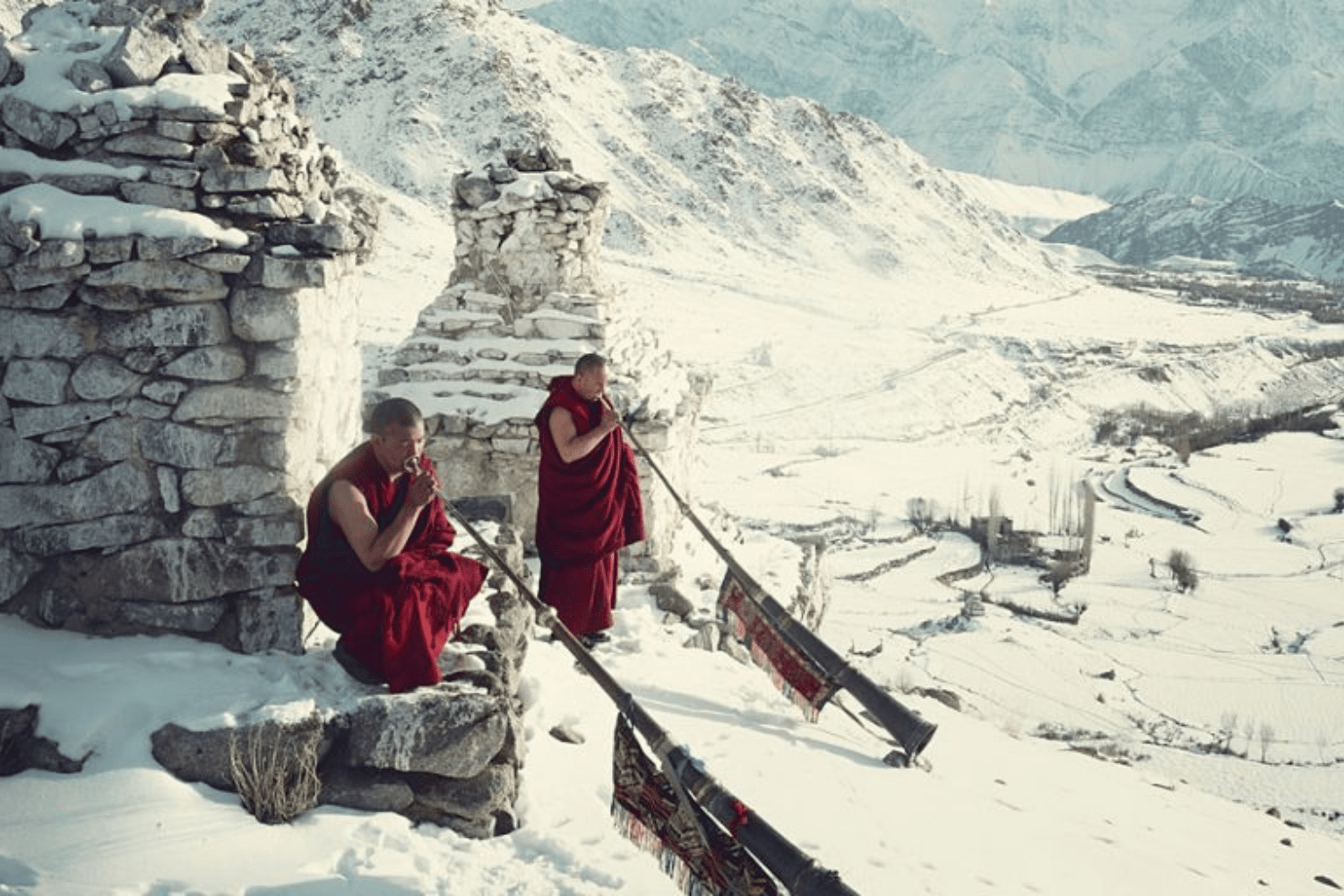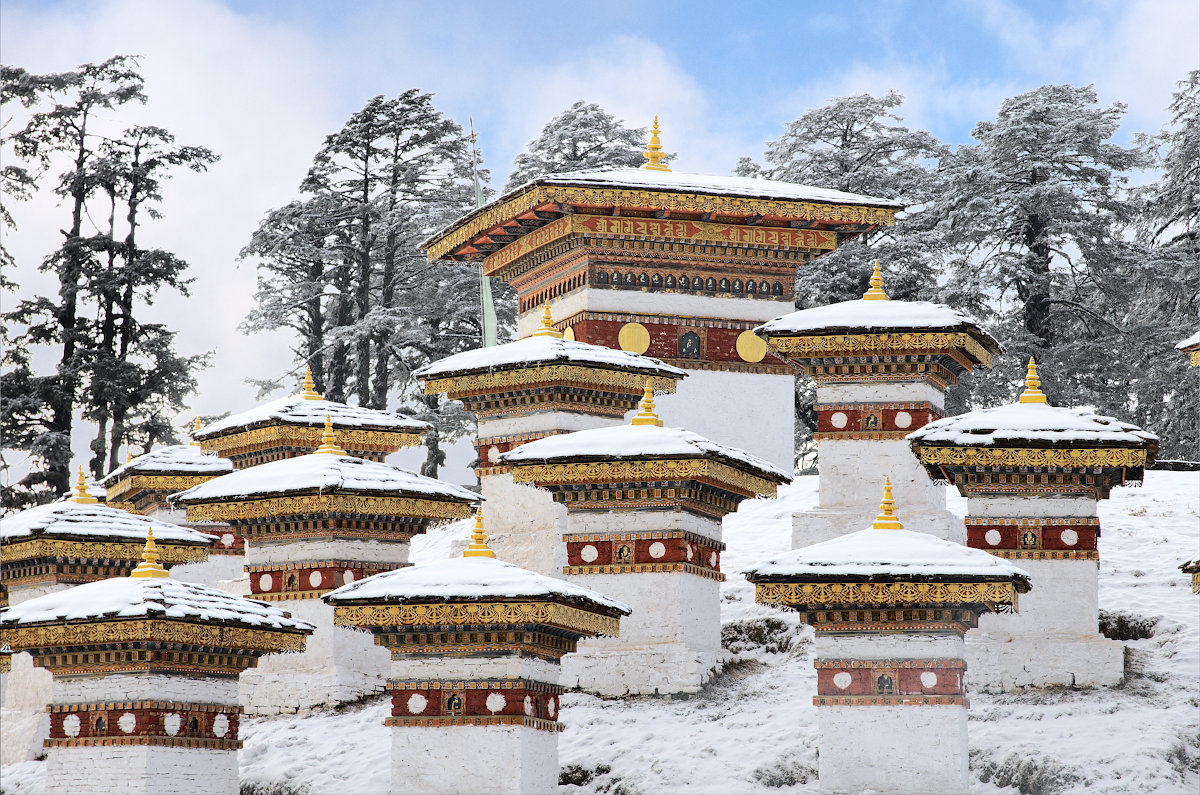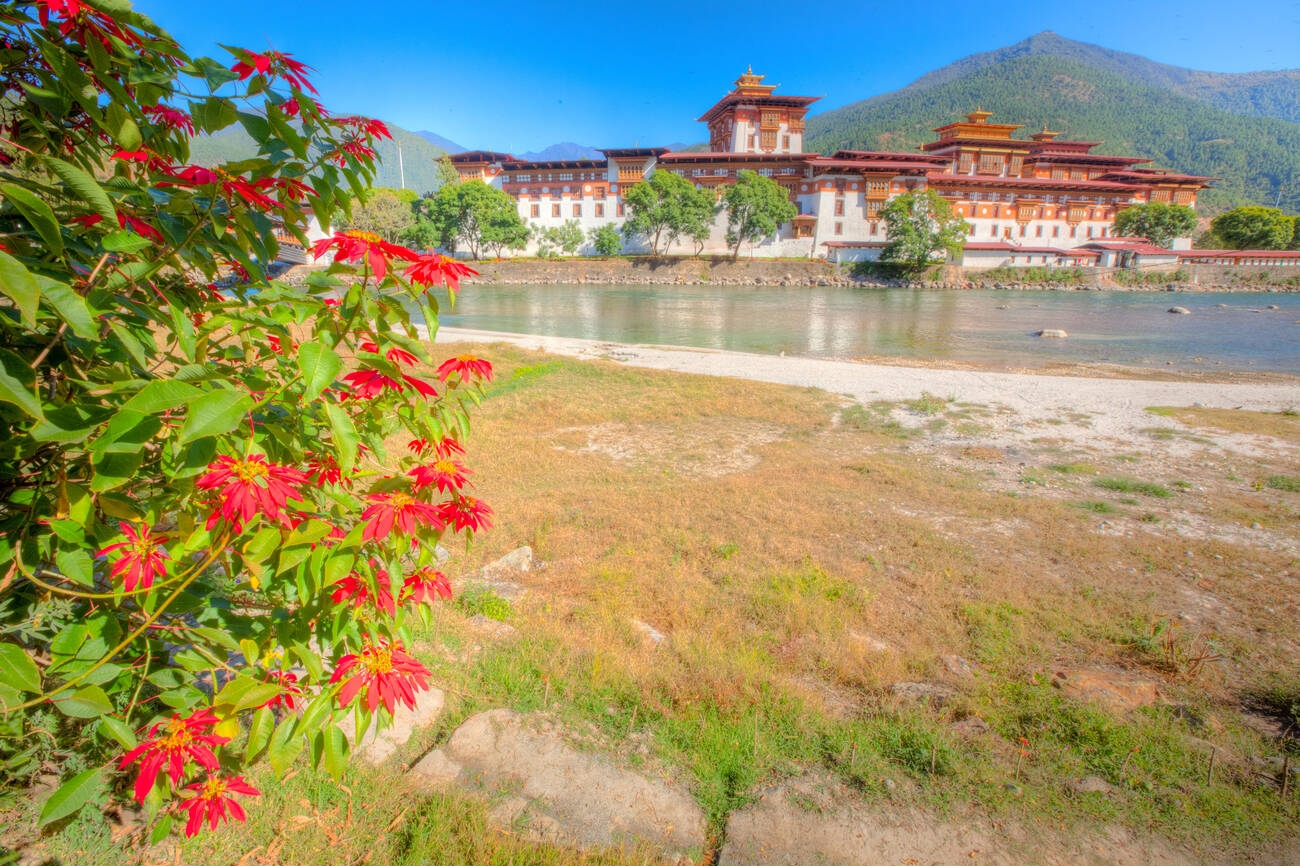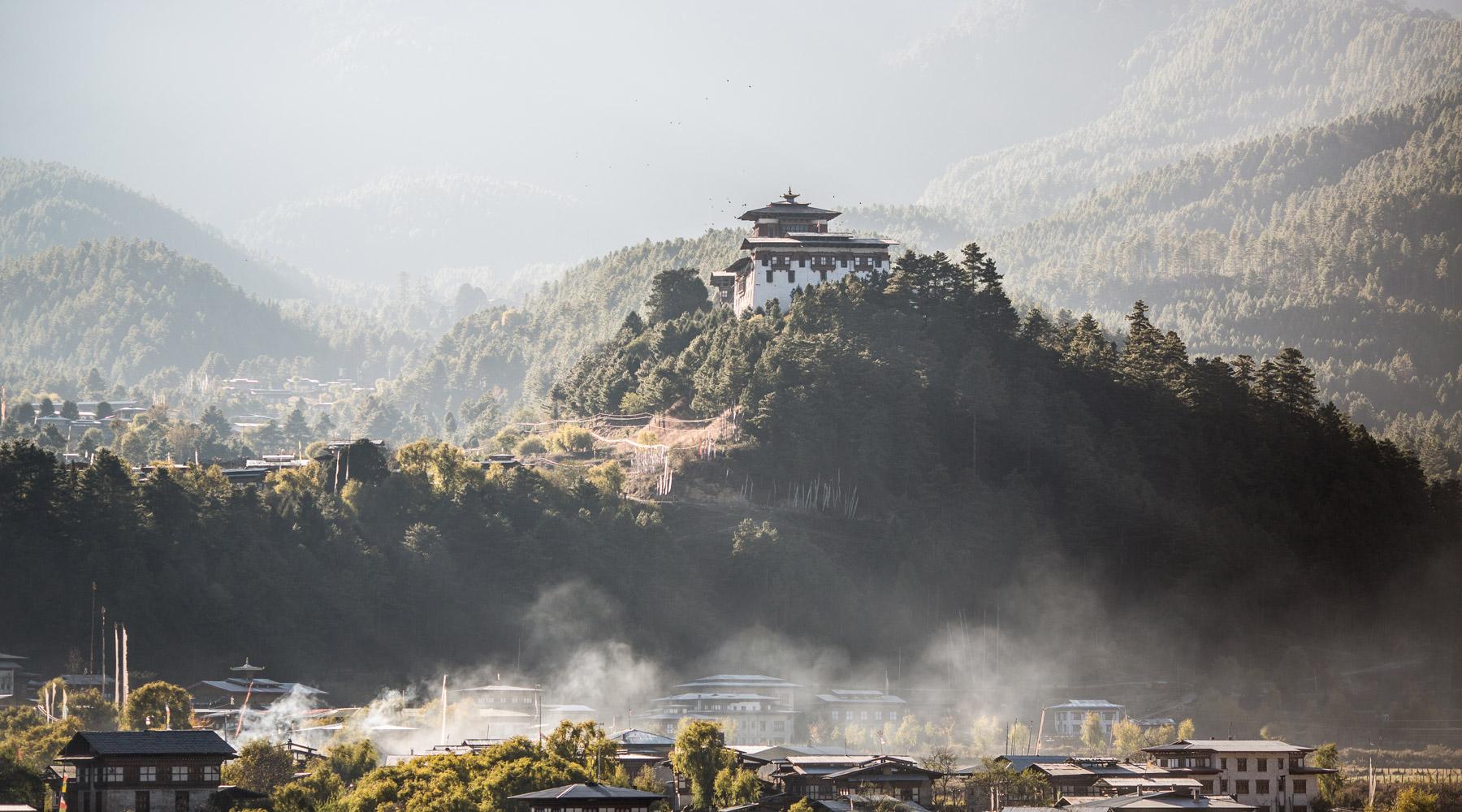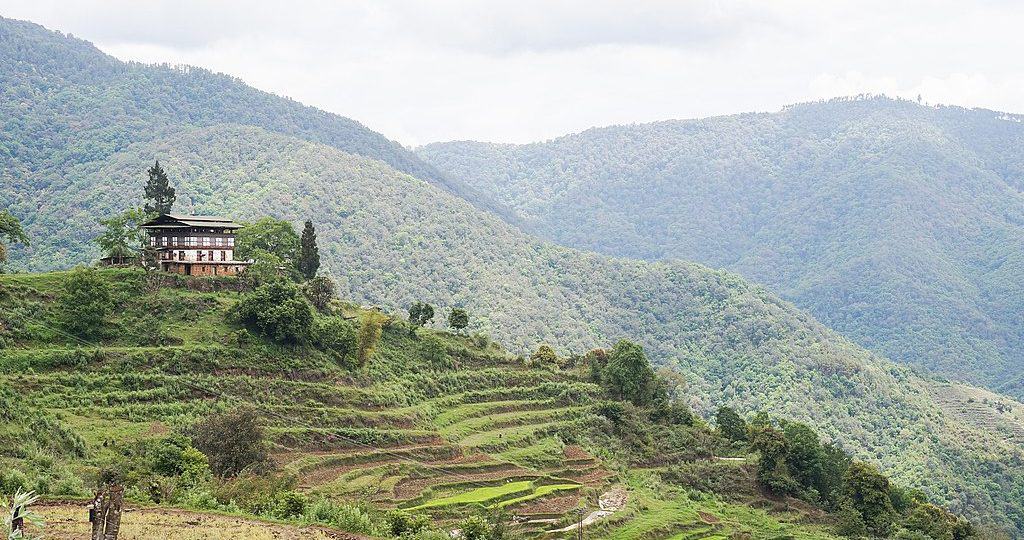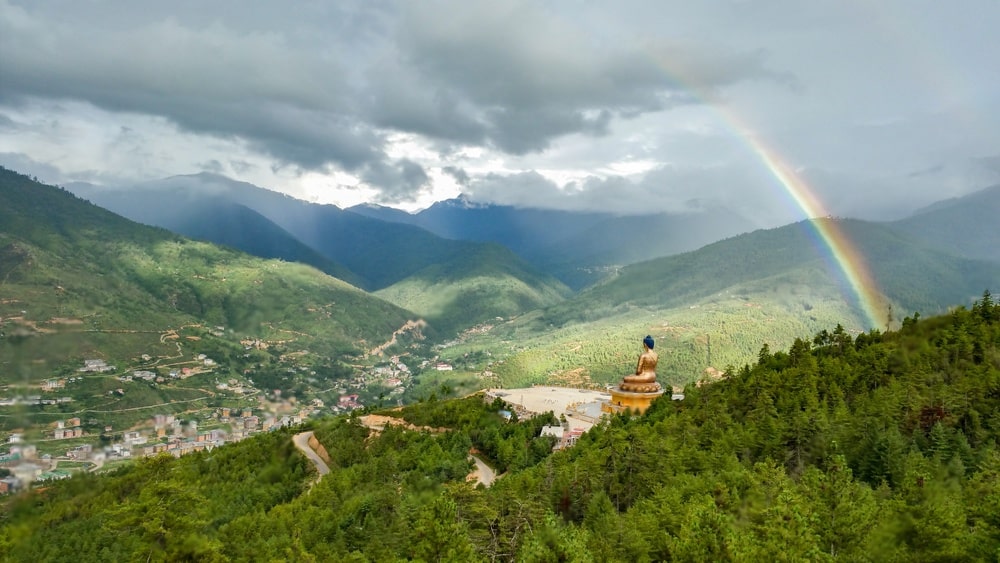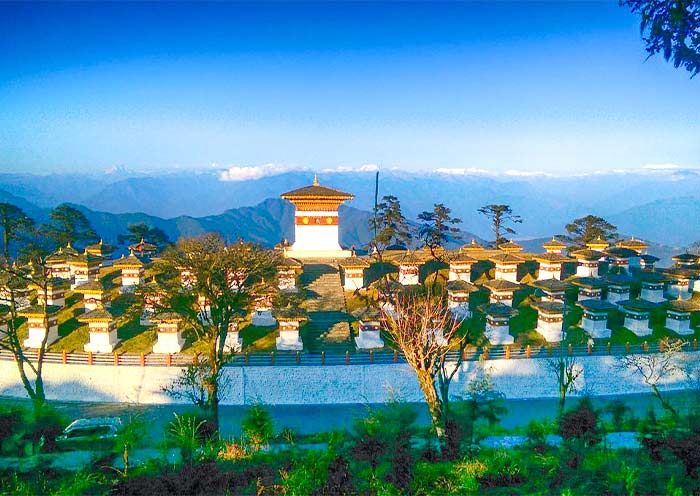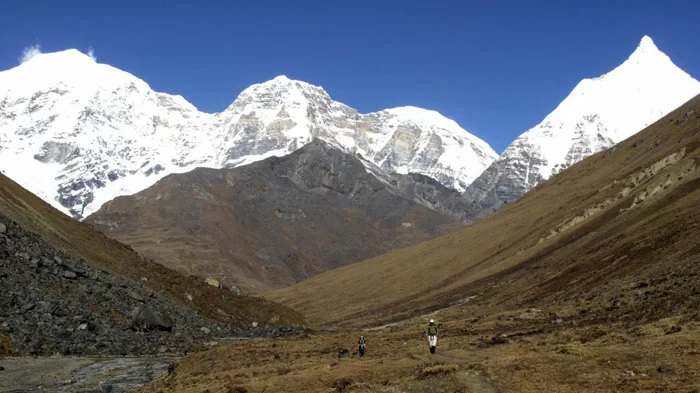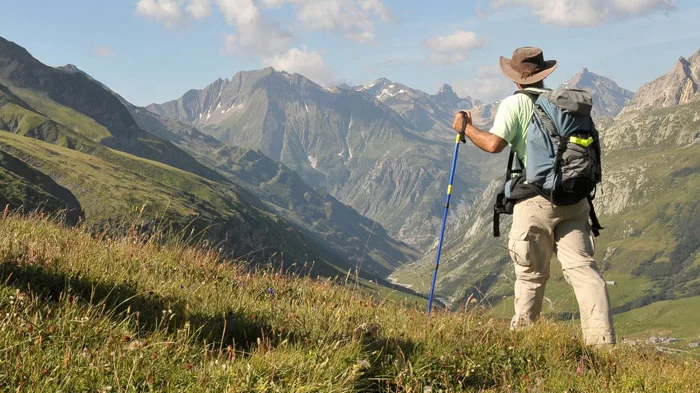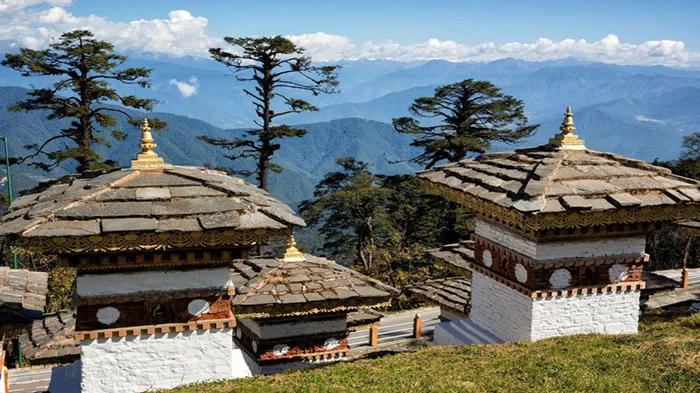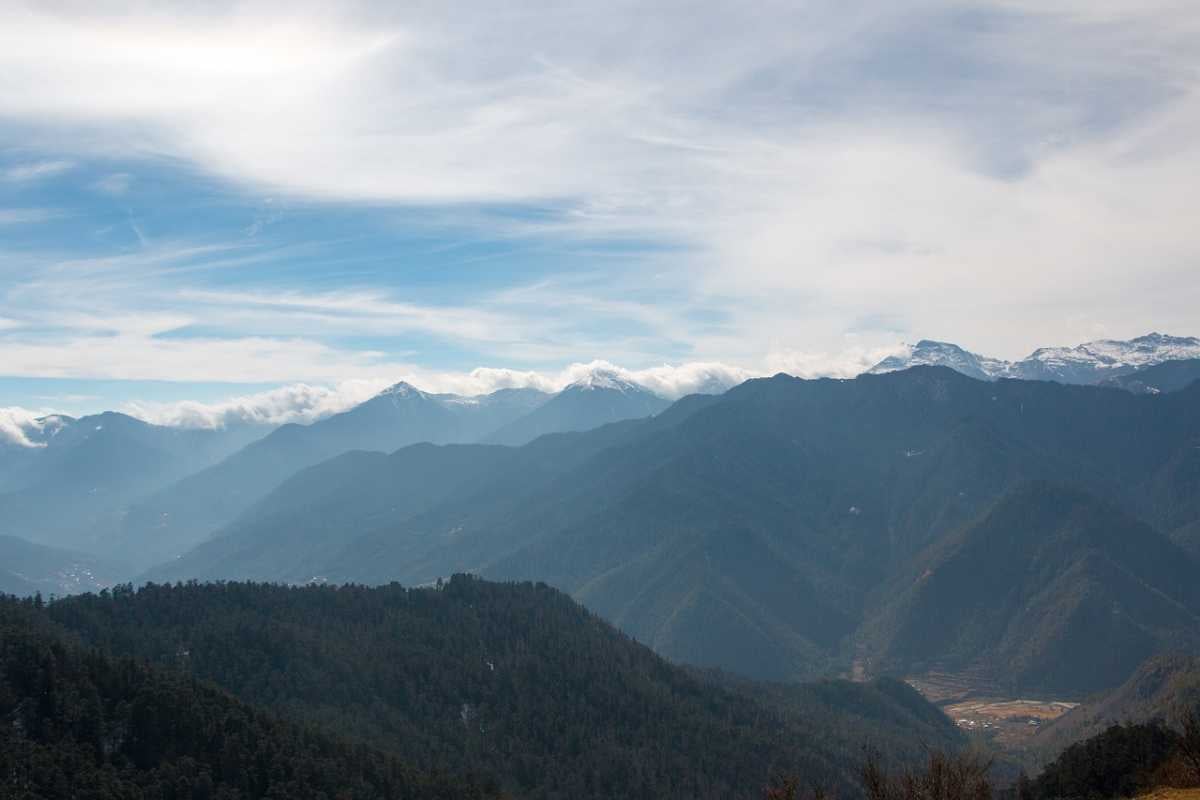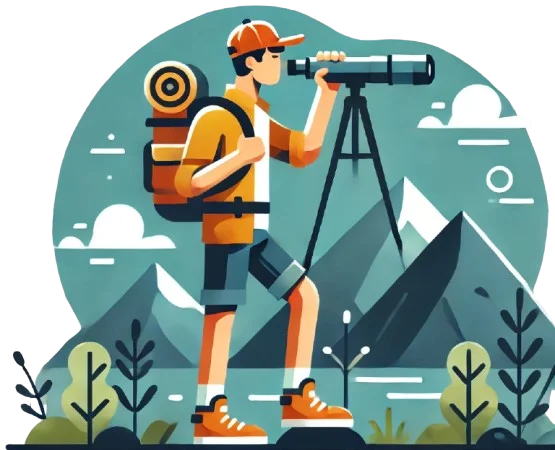Bhutan Weather in July
Bhutan in July is in the peak of the monsoon season, bringing heavy rainfall, misty landscapes, and lush greenery. The country experiences frequent showers, high humidity, and occasional thunderstorms, especially in the southern and lower-altitude regions. However, the rains do not l ...
ast all day; they usually occur in the afternoons and evenings, leaving the mornings relatively clear for sightseeing.
In Thimphu, Paro, and Bumthang, daytime temperatures range between 18°C to 28°C, while nights remain mild, around 12°C to 18°C. These central and western regions receive moderate rainfall, creating a mystical atmosphere with mist-covered valleys, flowing rivers, and fresh mountain air. The high-altitude passes, such as Chele La and Dochula, are often enveloped in fog, reducing visibility but adding to the scenic charm.
The lower-altitude regions, such as Punakha, Wangdue Phodrang, and Phuentsholing, experience warmer temperatures between 22°C to 32°C, with higher humidity. These areas receive heavier rainfall, making travel slightly challenging due to wet and muddy roads. However, the rain enhances the beauty of Bhutan’s rice fields, forests, and waterfalls, creating stunning views.
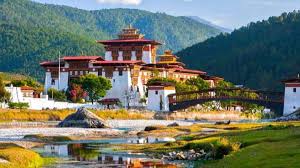
More Detail About Bhutan Weather in July
Trekking in July is not ideal due to slippery trails, leeches, and unpredictable weather, but short nature walks and cultural sightseeing remain possible. Bhutan’s dzongs, monasterie ...
s, and museums are open, allowing visitors to explore the country's rich history and spirituality. The Haa Summer Festival, a cultural event showcasing Bhutanese traditions, food, and sports, usually takes place in July, offering an authentic cultural experience.
For travelers visiting Bhutan in July, it’s essential to carry rain gear, waterproof shoes, and insect repellent. While the monsoon season may bring some challenges, it also offers fewer crowds, a peaceful atmosphere, and breathtaking greenery, making it a unique time to explore Bhutan’s natural beauty.
Categories

Request a call back
Our experts would love to create a package just for you!







